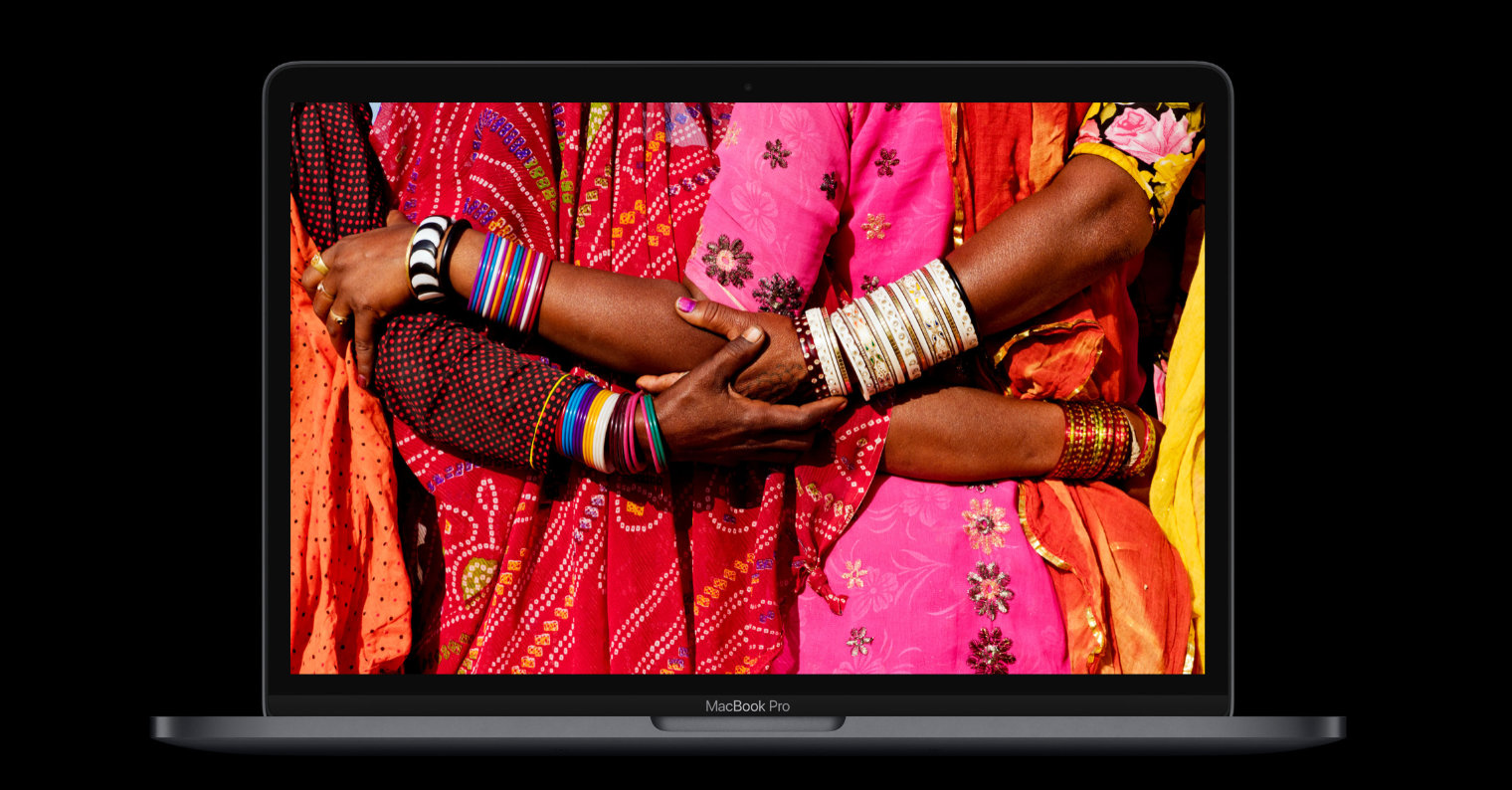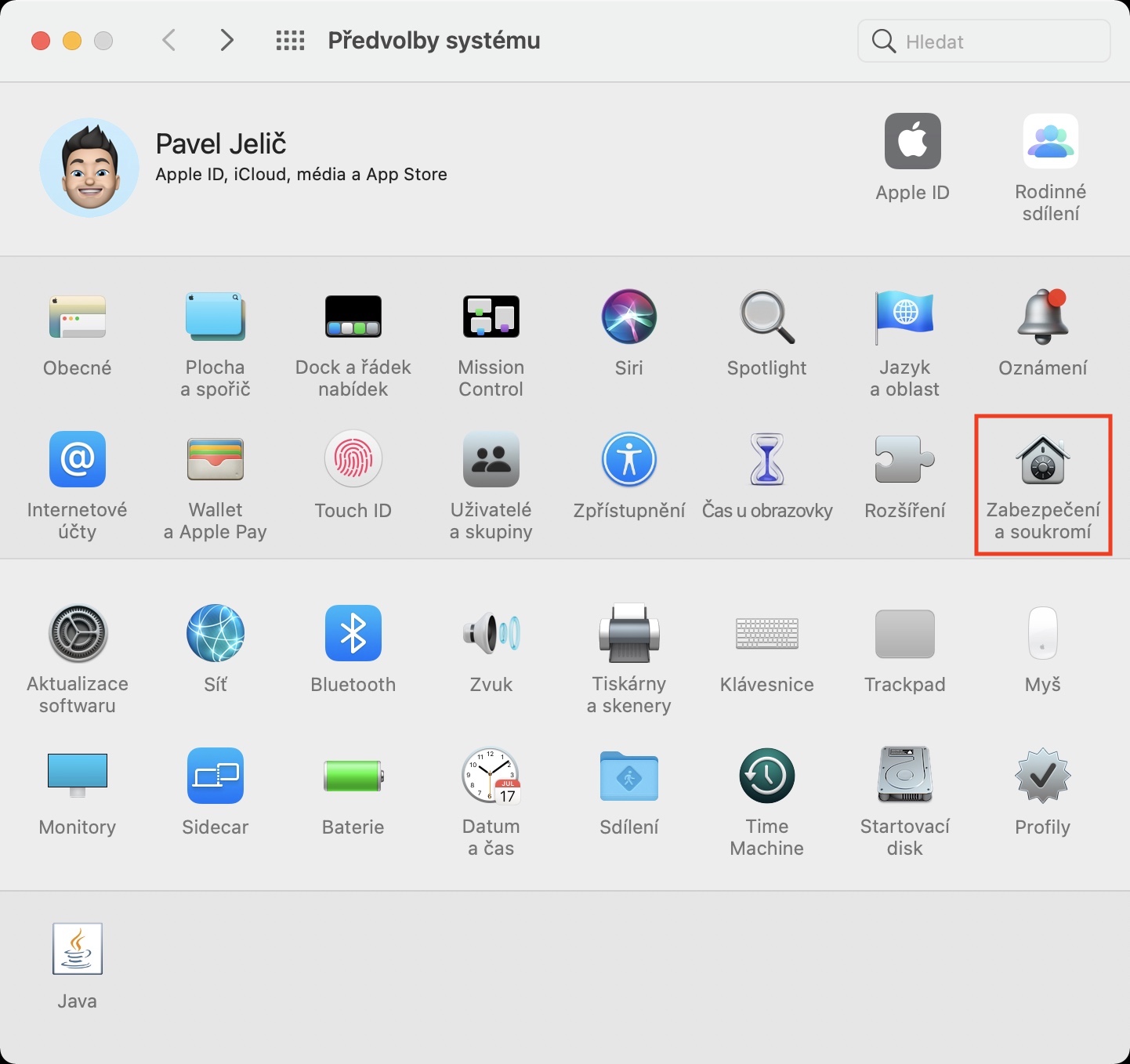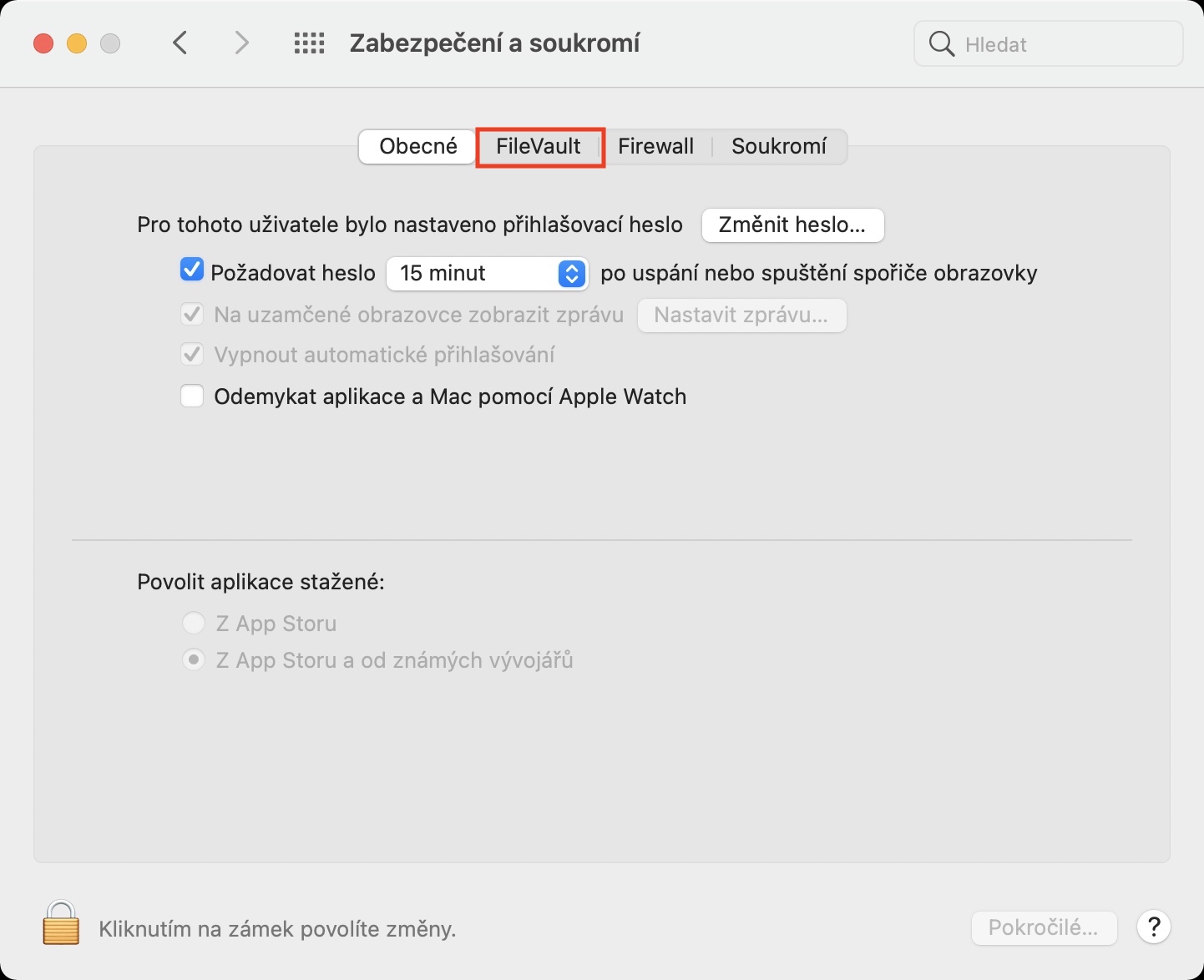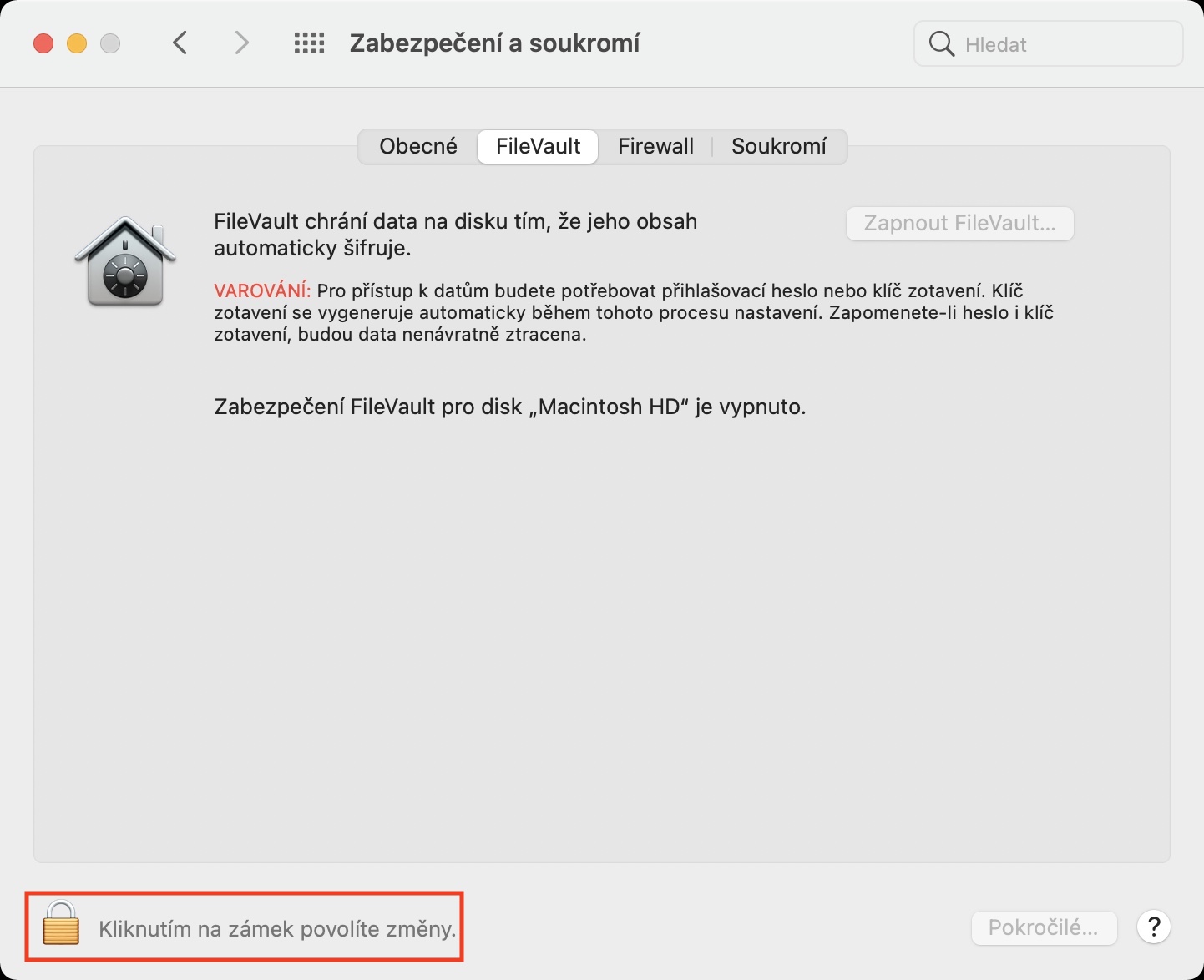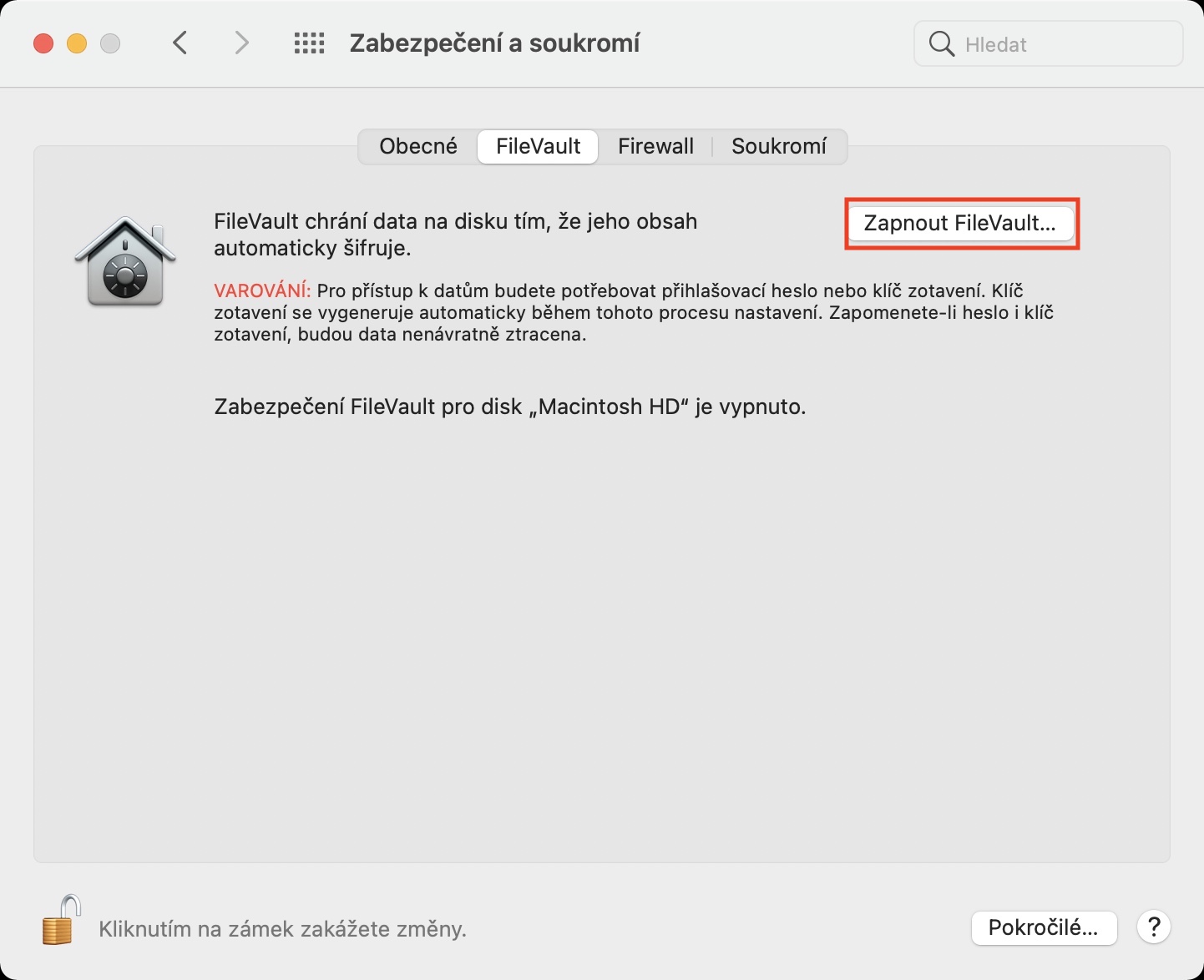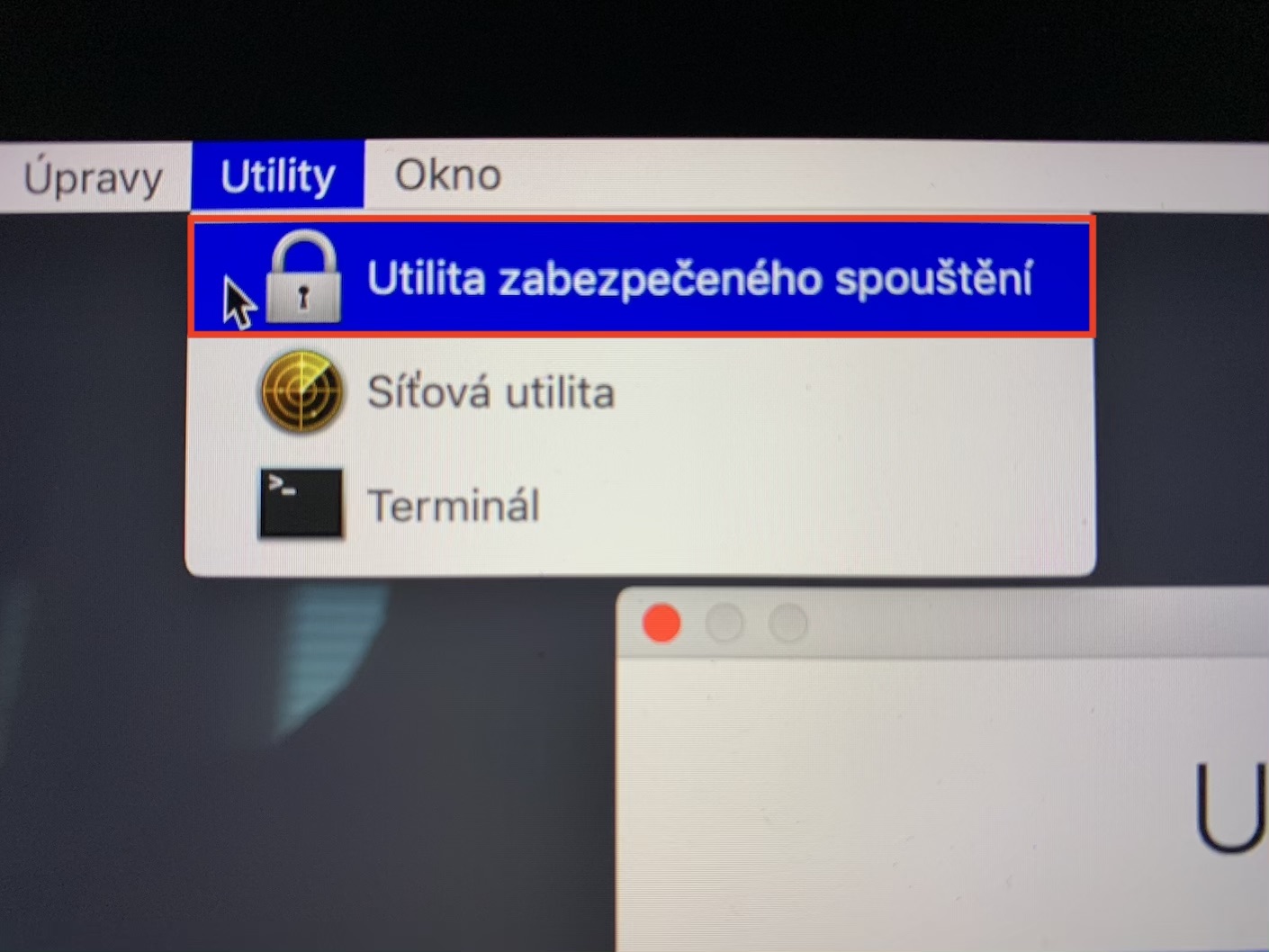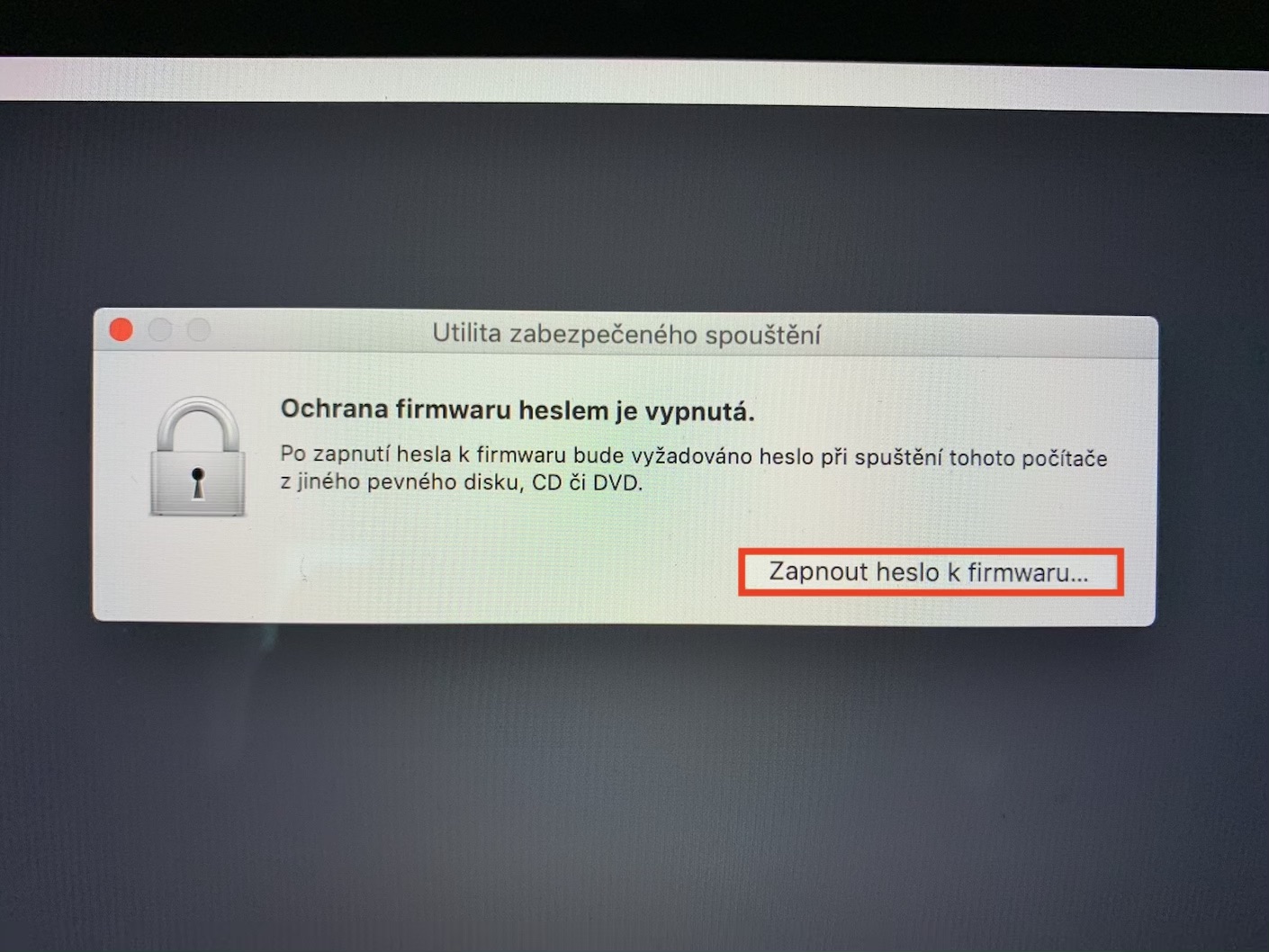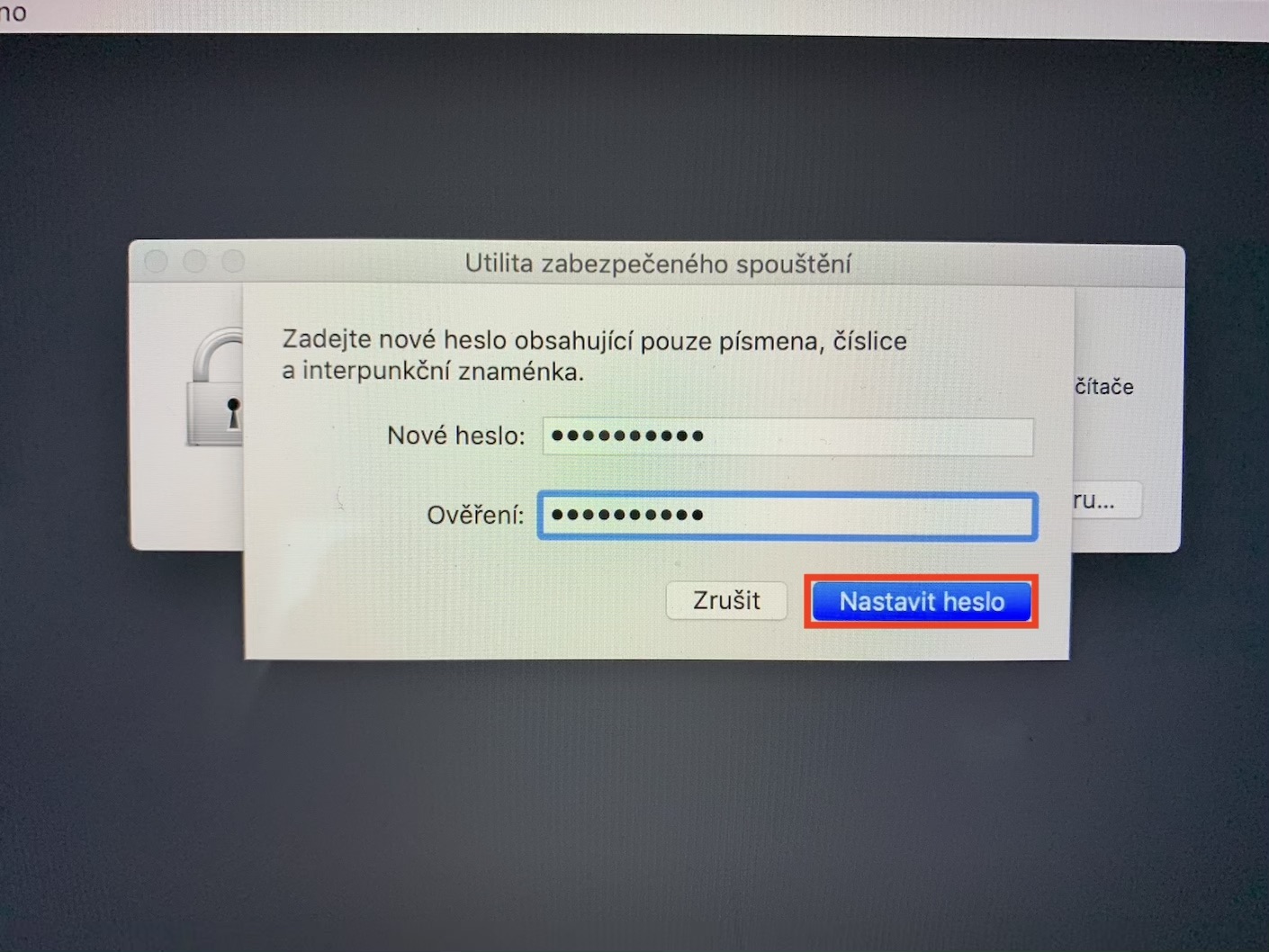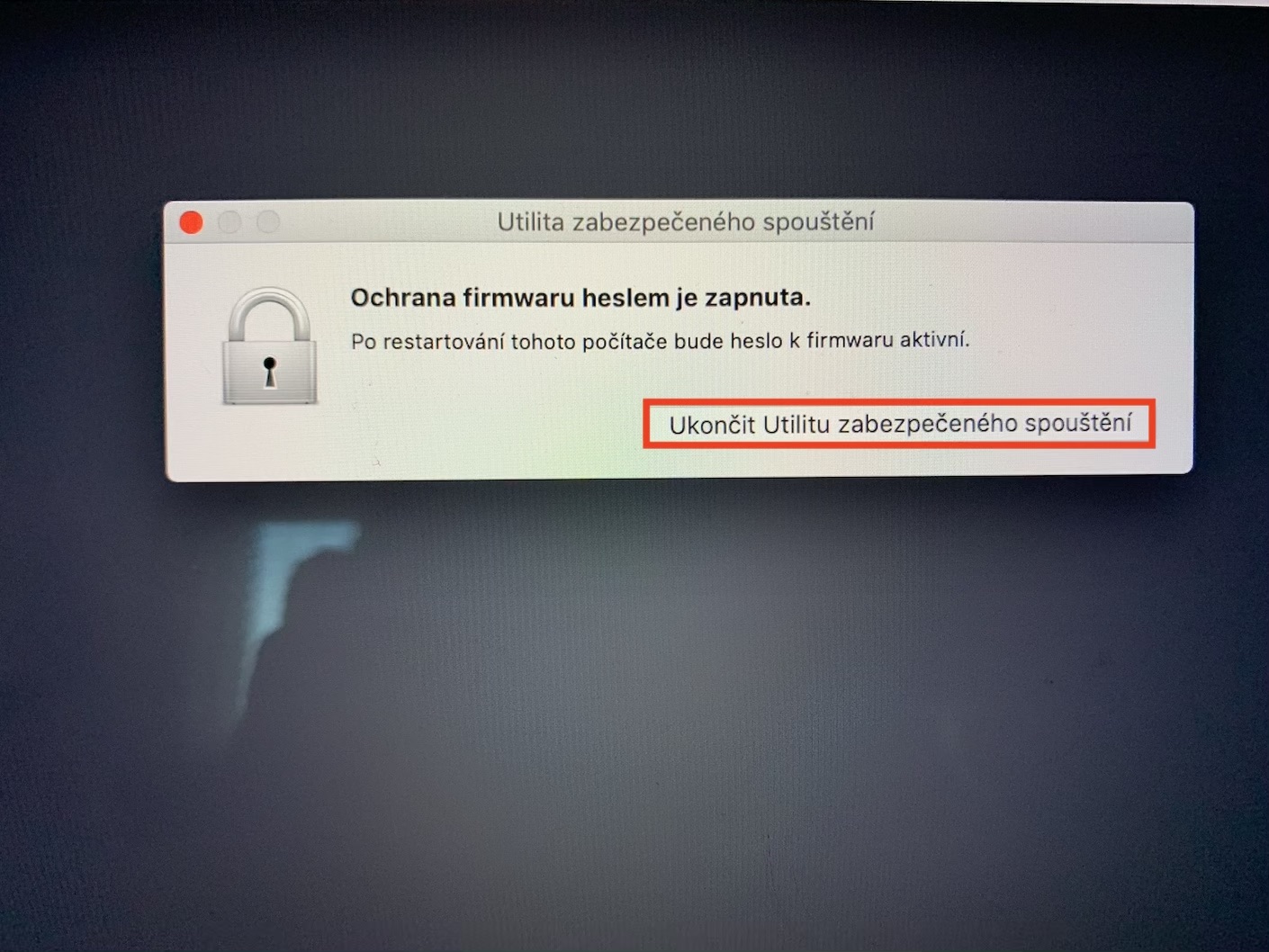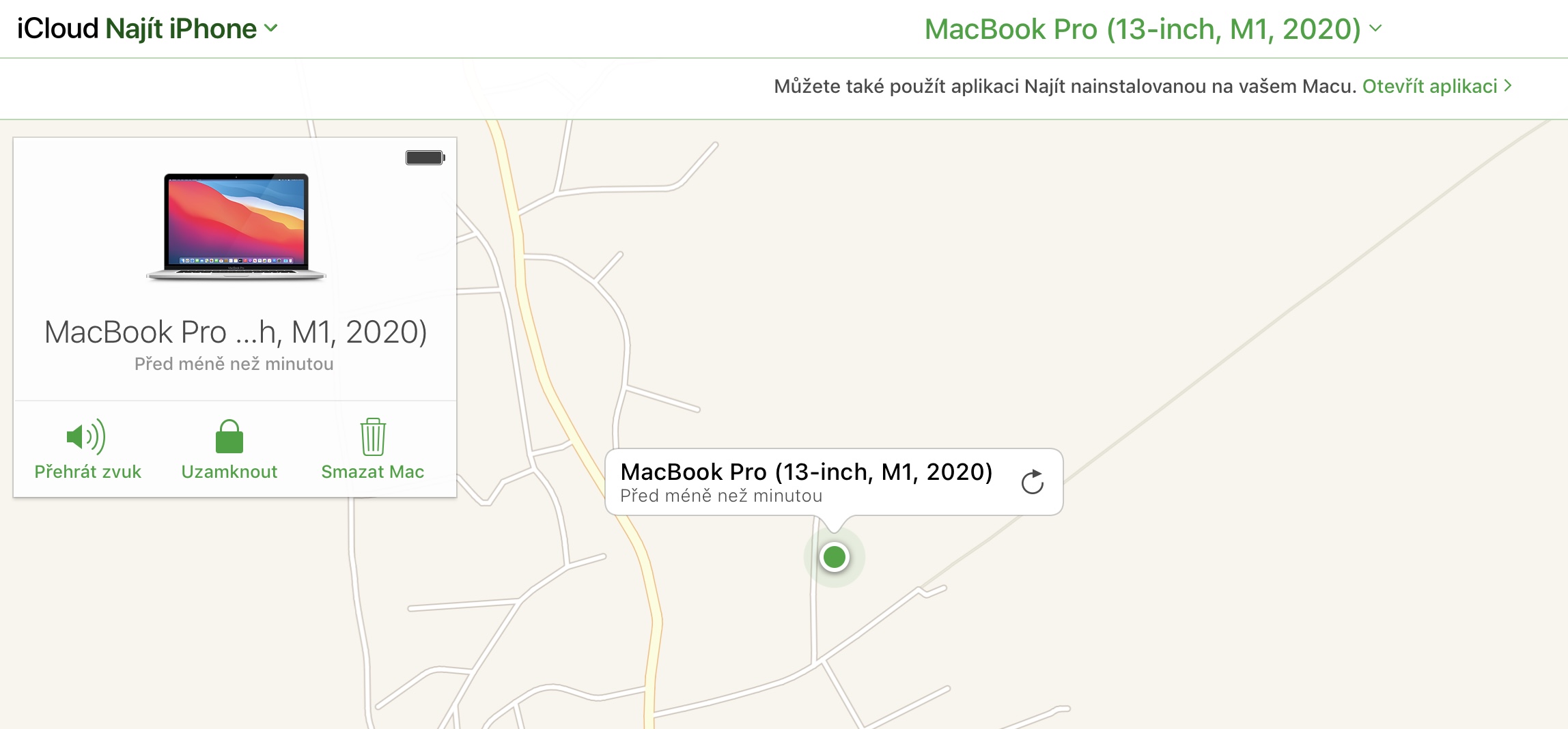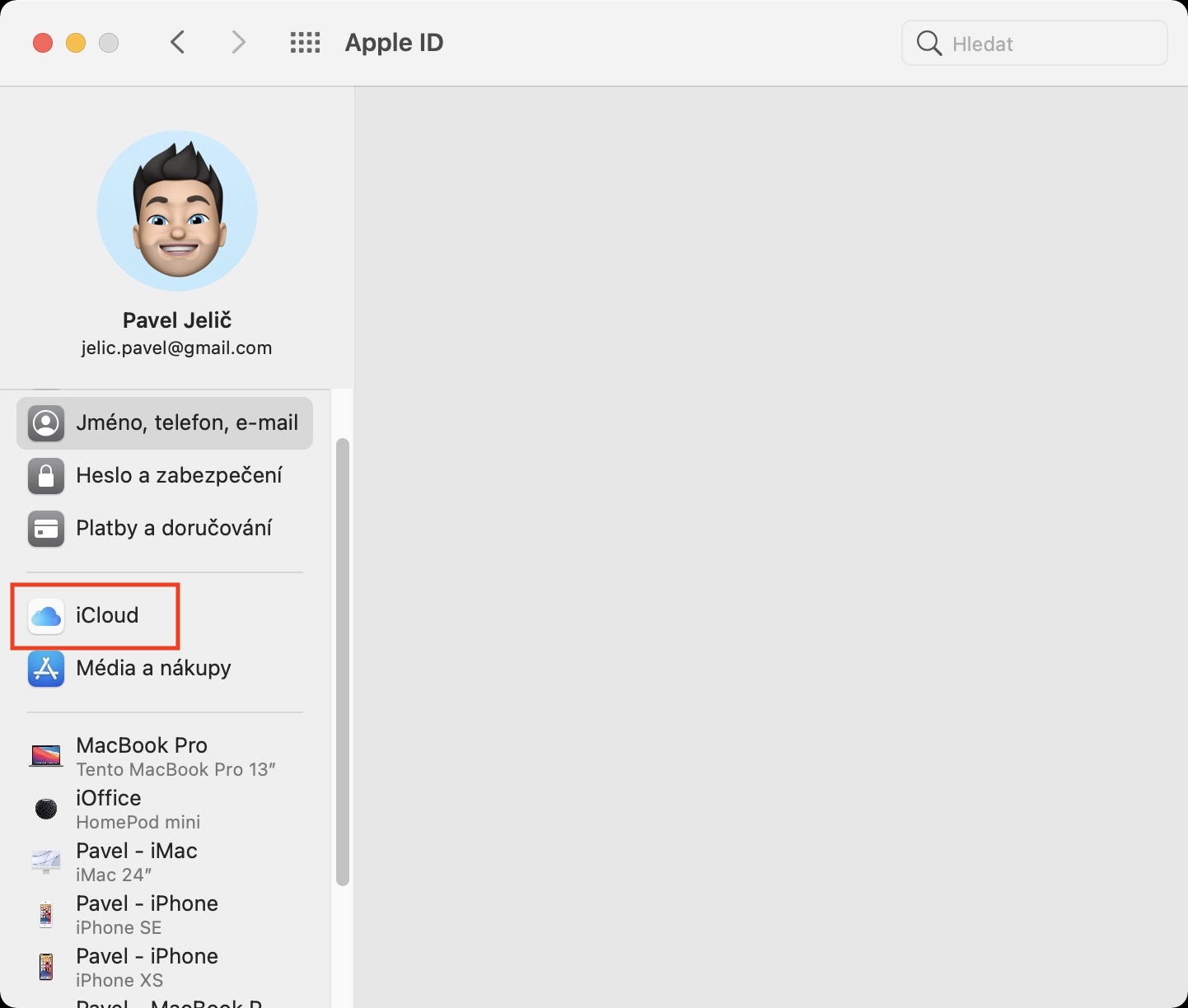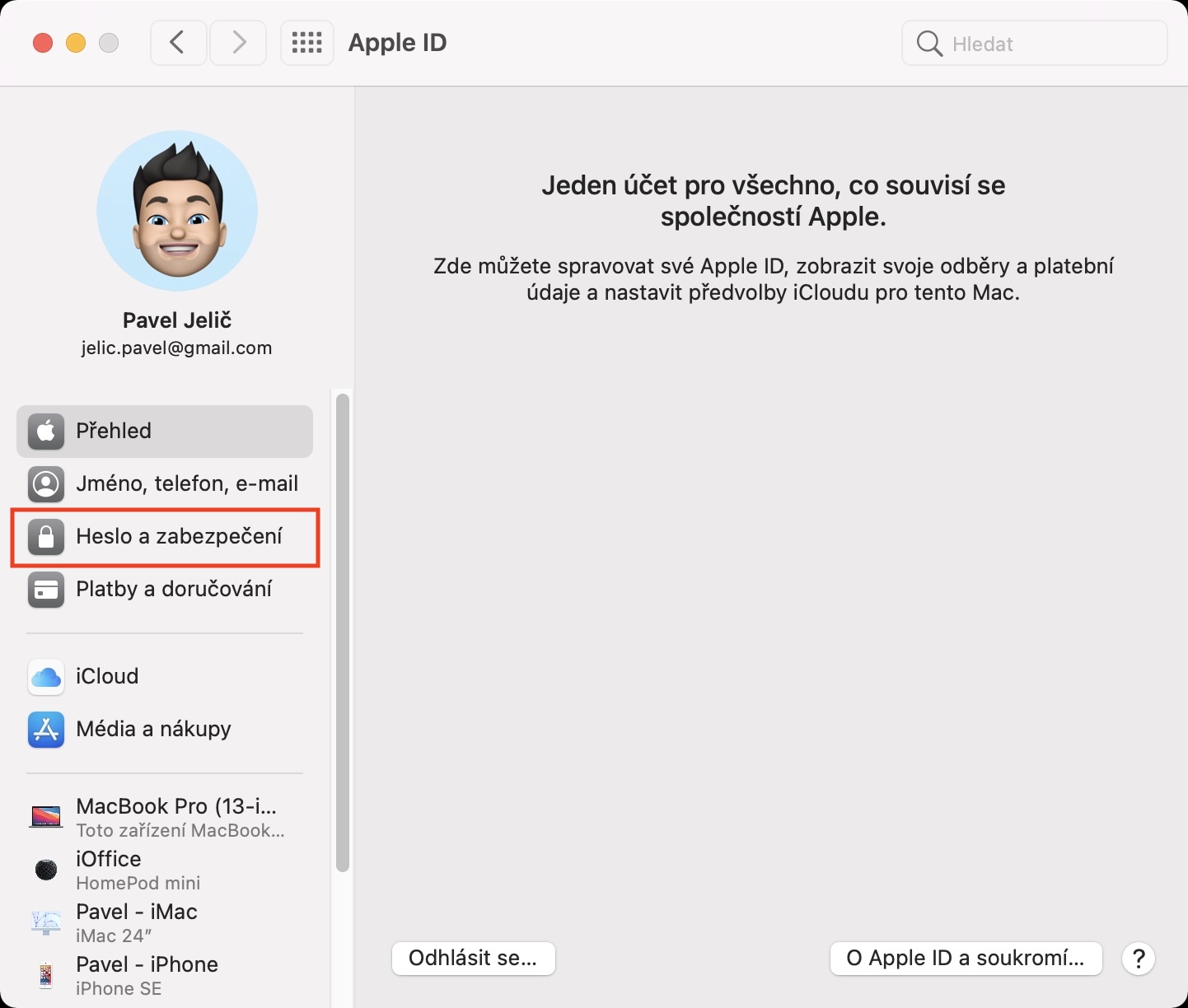There are several different reasons why users prefer Macs over Windows or Linux computers. Some individuals are comfortable with the environment, while others own multiple Apple devices, so a Mac is a good fit for them in terms of features. However, many users especially appreciate the security offered by both Mac and iPhone, iPad or Apple Watch. No matter what happens, with Apple devices you can be sure that no one will get to your data - that is, of course, if you have everything set up correctly. Let's take a look together in this article at 5 important security features that are part of your Mac.
It could be interest you
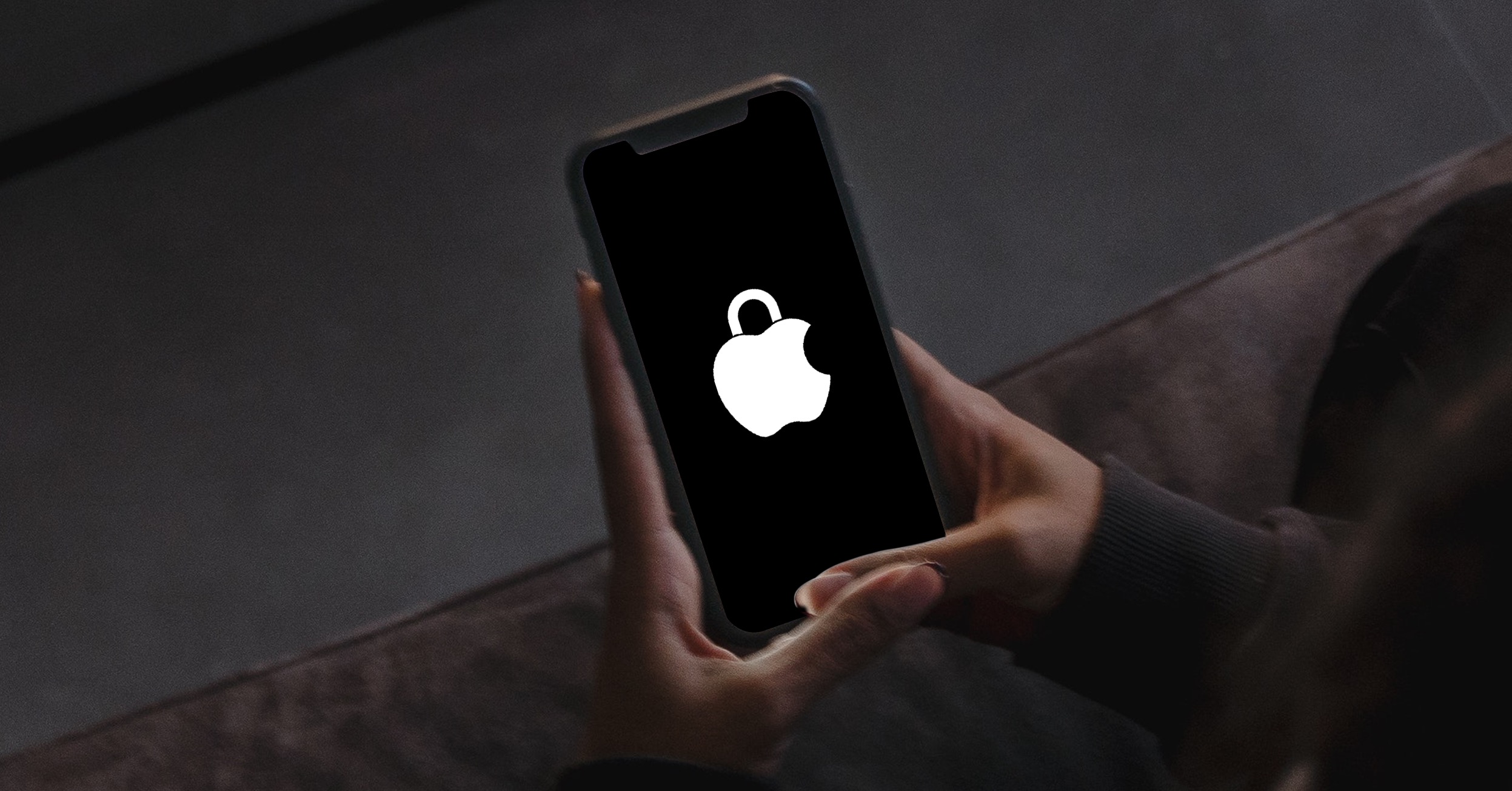
Data encryption with FileVault
If you've had a chance to set up a brand new Mac or MacBook recently, you probably remember that in the initial wizard you had the option to activate data encryption with FileVault. Some individuals may have activated the function, others may not. But the truth is that the initial guide does not perfectly explain what FileVault actually does, so many users prefer not to activate it, which is a huge shame. FileVault adds another layer of security beyond your username and password that you use to log in to your profile. FileVault can encrypt all the data on your Mac, meaning that no one will be able to access it—unless they get your decryption key, of course. Thanks to FileVault, you can be sure that even if the device is stolen, no one can access your data. You can enable FileVault in System Preferences -> Security & Privacy -> FileVault. Here's the help castle at the bottom right, authorize, and then tap on Turn on FileVault… Subsequently, choose the method by which it will be possible to restore the lost decryption key. After setting up, the data will start to be encrypted - it will take some time.
Protect your Mac with a firmware password
Like FileVault, a firmware password adds another layer of security to your Mac or MacBook. If the password for the firmware is active, you can be sure that no one will be able to "start" the operating system on your device from another disk, for example an external one. By default, when the firmware password is not turned on, any user can come to your Mac and gain access to a few basic functions. If you activate the firmware password, you will need to authorize yourself via the firmware password before any action (not only) in macOS Recovery mode. You can activate this by going to the mode on your Mac macOS Recovery. Then click on in the top bar utilities, and then to the option Secure Boot Utility. Then tap on Enable Firmware Password…, enter the password and confirm. You have now activated the firmware password. When entering the firmware password, remember that the UK keyboard layout is used.
Find Mac is more than just a location display
If you are one of the owners of several different Apple devices, then you certainly use the Find application. Thanks to it, it is possible to easily locate all the devices, which is useful if you cannot find some of them. It is also possible to locate selected users or objects that are equipped with an AirTag location tag. But did you know that the Find app, i.e. Find Mac in macOS, isn't just for showing the location of your devices? This is an app that can do so much more. Specifically, within it, it is possible to have a Mac (or other device) remotely deleted or locked, which you can use, for example, in case of theft. The good news is that you can perform the same actions on any device that is connected to the Internet - it does not have to be an Apple device. Just go to the site iCloud.com, where you sign in to your Apple ID and go to the Find My iPhone app – don't be fooled by the name of the app. On the Mac, it is then possible to find and activate the service in System Preferences -> Apple ID -> iCloud, where tick box u Find My Mac.
Apple ID and two-factor authentication
Every user should have two-factor authentication enabled on their Apple ID to increase security. It is necessary to think about the fact that Apple ID is the account that connects all Apple services, applications and devices. So if he were to gain access to this account, he could view content stored on iCloud, manage your device, make purchases, or perhaps reset the decryption code for the FileVault function or disable Find. If you don't have two-factor authentication enabled yet, definitely do so. Just go to System Preferences -> Apple ID -> Password & Security, where you can already find the option for activation. On an iPhone or iPad, just go to Settings -> your profile -> Password and security, where two-factor authentication can also be activated. After two-factor authentication is activated, it is not possible to deactivate it again for security reasons.
Protection of system integrity
All the above features need manual activation for their functionality. However, Apple also protects you automatically by default through System Integrity Protection (SIP). This feature was introduced with OS X El Capitan and prevents any important parts of the operating system from being modified in any way. As mentioned above, SIP is active by default. In practice, it works in such a way that if the user, i.e. some malicious application, tries to change the system files, SIP will simply not allow it. It is possible to disable SIP manually for some development purposes, but it is definitely not recommended for ordinary users.
It could be interest you
